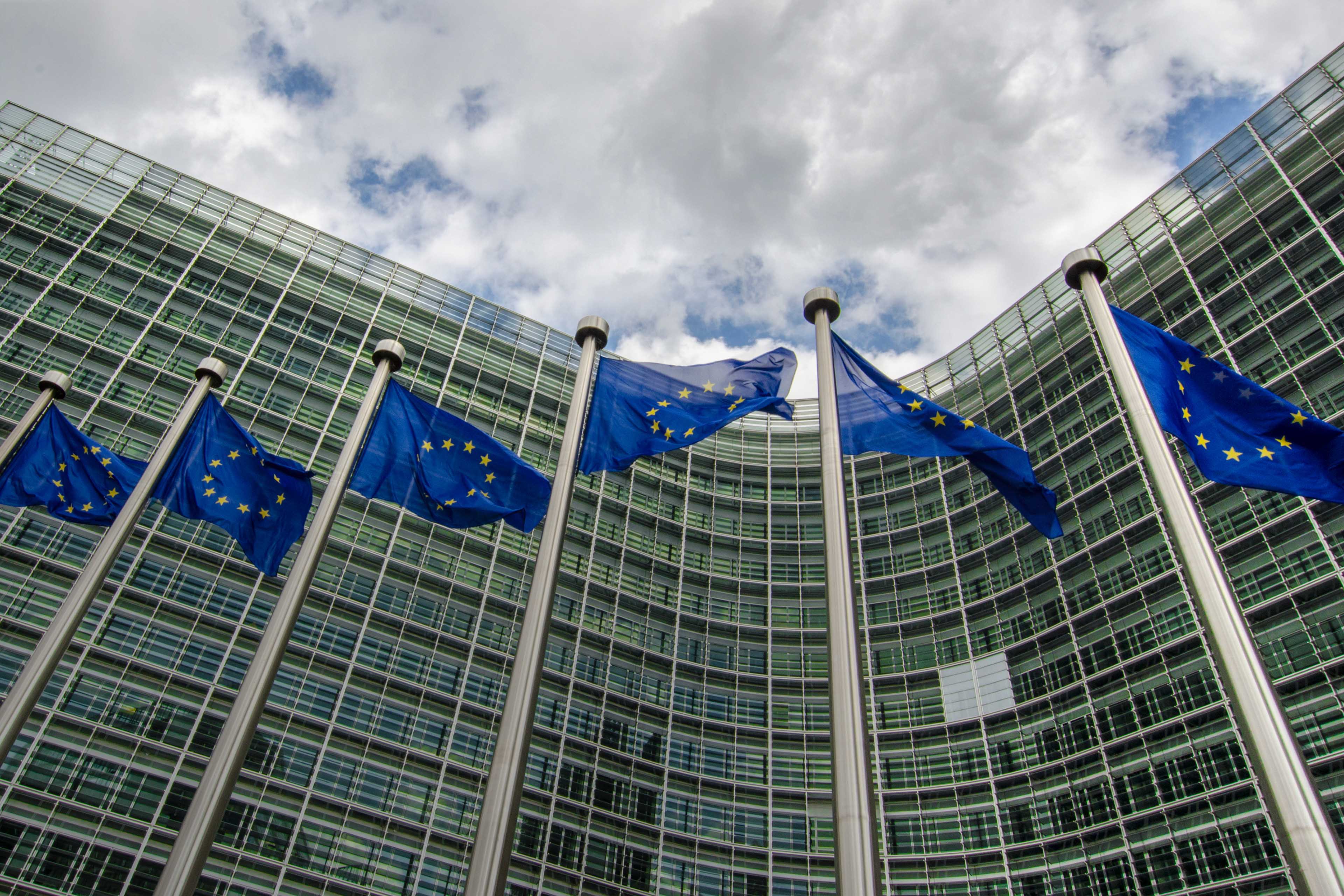EY refers to the global organization, and may refer to one or more, of the member firms of Ernst & Young Limited, each of which is a separate legal entity. Ernst & Young Limited is a Swiss company with registered seats in Switzerland providing services to clients in Switzerland.
The OECD/G20 BEPS 2.0 Project – A Two-Pillar approach
The OECD/G20 Inclusive Framework agreed on new profit allocation rules for market jurisdictions (Pillar One) and a global minimum tax of 15% (Pillar Two) in 2021, radically reforming international tax. Pillar One work continues at the OECD, while Pillar Two is partially implemented in several jurisdictions, including Switzerland.
Are you prepared for BEPS 2.0? Get a score for each key topic with our online assessment tool:
The BEPS 2.0 project
The continued work of the OECD/G20 on Action 1 - addressing the tax challenges arising from the digitalization of the economy - of the original Base Erosion and Profit Shifting (BEPS) Project resulted in a two-pillar approach known as BEPS 2.0. However, the BEPS 2.0 Project evolved far past the digitalized economy and now affects all large multinational enterprises (MNE). More than 138 of the 145 Inclusive Framework member countries have reached a consensus on BEPS 2.0, which will dramatically change the international tax system. The Inclusive Framework on BEPS allows interested countries and jurisdictions to work with the OECD and G20 members on developing, implementing and monitoring BEPS related standards.
EY position paper on "BEPS 2.0 and value-added tax"
Key propositions we will explore:
- The hoped-for level playing field of BEPS 2.0 will not be achieved and the global “tax harmonization” sought will increase subsidy competition between locations.
- The trend toward ever more international tax regulation is not about to stop.
- The paper also discusses VAT in Switzerland, where further increases are to be expected for various reasons.
Key elements of the Swiss Pillar 2 implementation
Due to the tight timeline set forth by the OECD/G20, Switzerland decided to implement Pillar Two by way of a transitional ordinance which is based on a constitutional amendment approved by the Swiss elective citizens in a public vote on 18 June 2023. At a later point in time the Swiss Parliament will enact a Federal Pillar Two Act.
As a result of uncertainty in relation to the adoption of Pillar Two, the Federal Council decided to introduce only a QDMTT in Switzerland through a transitional ordinance which entered into force on 1 January 2024. While the ordinance comprises the regulations for an IIR and UTPR application, the Federal Council will revisit the entry into force of these mechanisms at a later point in time. With the implementation of the QDMTT, Switzerland ensures that it will not forgo any tax revenues to foreign jurisdictions while remaining flexible in light of any future global Pillar Two developments as regards the IIR and UTPR mechanisms.
The additional tax collected from the application of the QDMTT will be split between the cantons (75%) and the federation (25%). The additional revenues generated after any additional required payments in the national fiscal equalization scheme will be reinvested in measures to consolidate the attractiveness of Switzerland as a business location.
Next steps
With the first GloBE Information Return (GIR, the internationally standardized Pillar Two tax return) due 18 months after the end of the first fiscal year of being in-scope of the GloBE rules (the return deadline is 15 months the following fiscal years), affected companies must respond now and move from the readiness phase to the design phase of their internal Pillar Two implementation (from the first to the second phase of the implementation life cycle depicted in the graphic below). Generally, all in-scope MNEs should now – after the completion of the readiness phase – have an initial understanding on how the group structure impacts the tax calculation and collection mechanisms, have identified data gaps for the filing obligations related to Pillar Two and maybe even have run a high-level provisioning and Transitional Safe Harbor exercise. Since Switzerland has not introduced an IIR, Swiss groups also need to understand where they have filing obligations and potential tax payment obligations. Moving into the design phase of the implementation life cycle requires detailed decisions to be made on the combination of people, process and technology which would provide the most efficient and effective solution to manage all reporting, compliance and planning activities on an ongoing basis.
Tracking the latest BEPS developments
Monitor the latest global minimum tax rules.
Pillar Two readiness and process design
Assess your BEPS Pillar Two readiness.
Swiss GAAP Conversion
Swiss GAAP FER conversion services.
Public Country-by-Country Reporting
Utilize CbCR for Pillar Two.
Our latest thinking
How to alleviate BEPS 2.0 Pillar Two data challenges
Advanced data aggregation tools can help with BEPS 2.0 Pillar Two compliance. Read our insights to stay compliant and reduce risks. Learn more.
The future of tax operations: Integrating BEPS Pillar Two into your finance operating model
BEPS Pillar Two challenges tax operations focusing on digital solutions. Read our insights to integrate global minimum tax into your finance operating model.
Six steps to prepare for the operational impact of Pillar Two
Get ahead of operational and technology considerations for BEPS 2.0 Pillar Two reporting. Understand what to assess, plan, operate and monitor. Learn more.
Five things to watch as EU Member States roll out Pillar Two rules
Multinationals will need to keep an eye out as similar but differing minimum taxes take shape across the EU this year. Learn more.
BEPS Pillar II – What are the impacts on M&A transactions?
Since the beginning of this century, developments in international tax policy have accelerated significantly. The latest is the introduction of the OECD/G20 BEPS Pillar II, which aims to address base erosion and profit shifting by introducing a global minimum tax. Going forward, this will radically change the landscape for tax structuring as well as for certain domestic and cross-border M&A transactions.
How a global minimum tax will affect sustainability tax incentives
Multinationals and jurisdictions may need to rethink their sustainability tax incentives if countries adopt 15% global minimum tax rules. Learn more.
How BEPS 2.0 leads to a more integrated finance and tax function
The data challenge created by Pillar Two presents the finance and tax functions with an opportunity to future-proof their data streams. Learn more.

Responding to BEPS 2.0 Pillar Two
Diverse team delivering innovative solutions.

BEPS 2.0 Tax Alerts
Keep up-to-date on significant BEPS 2.0 developments by signing up to the EY Swiss Tax Alerts library (select “BEPS 2.0”)












